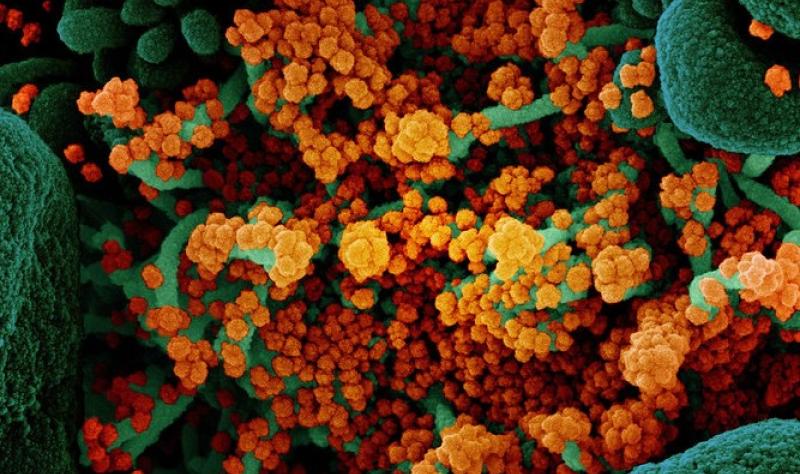
In signs that the country may be over the worst of its Omicron surge, restrictions began easing in two of China’s largest cities, Shanghai and Beijing.
Meanwhile, in the United States, where cases have been slowly but steadily rising, the more transmissible BA.2.12.1 subvariant now makes up nearly 60% of sequenced samples, the US Centers for Disease Control and Prevention (CDC) said today.
Eased restrictions raise hopes for economic relief
Shanghai, home to 26 million people, has been on lockdown since Apr 1, but yesterday city officials announced that measures will be relaxed starting tomorrow for low-risk areas, according to Reuters. As one of China’s major financial and industrial hubs, the lockdowns have been a drag on the country’s economy, and the long duration of the lockdown has frayed the nerves of the city’s residents. The tough measures, part of China’s “zero COVID” policy, have also led to problems with global supply chains.
Meanwhile, Beijing—affected later than Shanghai—has battled a similar Omicron outbreak, but lockdowns were limited to certain hard-hit districts. Yesterday, Beijing officials said the outbreak was under control and allowed shoppers to return to malls and workers to offices as part of a partial reopening, according to the Associated Press. The city’s restaurants remain closed, except for takeout and delivery options.
In other global developments:
- At the World Health Organization (WHO) executive board meeting yesterday, the group agreed for form a new committee to speed the response to health emergencies, such as the COVID-19 pandemic, according to Reuters. The resolution, which passed unanimously, calls for the new group to meet immediately after the WHO declares a public health emergency of international concern (PHEIC), which typically triggers extra funding and other steps to control disease spread. The group would also provide oversight of the WHO’s health emergencies program.
- The European Centre for Disease Prevention and Control (ECDC) yesterday announced the launch of a new online modeling hub to project future health impacts from COVID-19.
US subvariant gains bigger toehold
Though COVID-19 reporting tailed off over the long holiday weekend, US markers show that cases continue to rise, with the more transmissible BA.2.12.1 variant—first detected in New York—now making up an even bigger proportion of cases. Last week, the CDC said the subvariant became the dominant strain, making up 52.9% of sequenced SARS-CoV-2 samples. In an update today, the CDC said BA.2.12.1 now makes up 59.1%.
So far, the BA.4 and BA.5 subvariants that recently triggered a modest fifth wave in South Africa make up less than 1% of sequenced samples.
In other US developments:
- The 7-day average for daily new cases is 109,105, with 369 daily deaths, according to the New York Times The number is up about 30% over the last 2 weeks.
- Paxlovid has become the leading COVID-19 medication prescribed in the United States through May 6, with doctors writing four times as many prescriptions for Paxlovid as for Merck’s antiviral drug molnupiravir, according to the Wall Street Journal.


